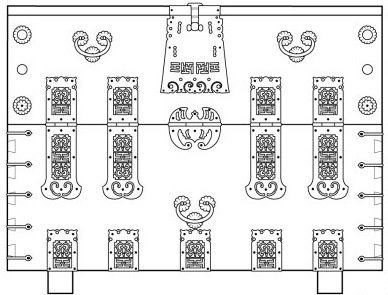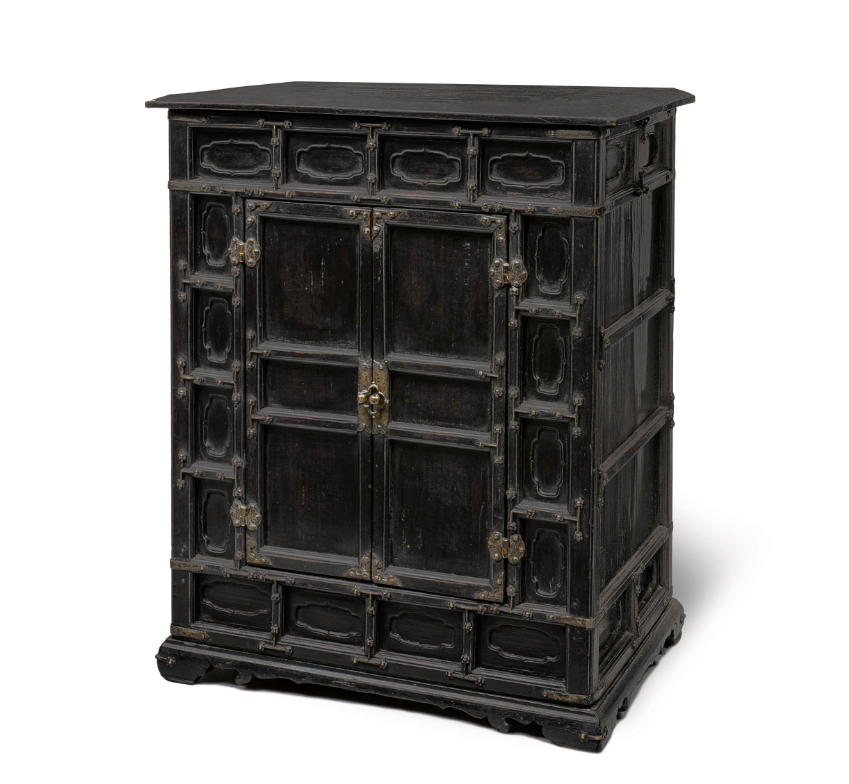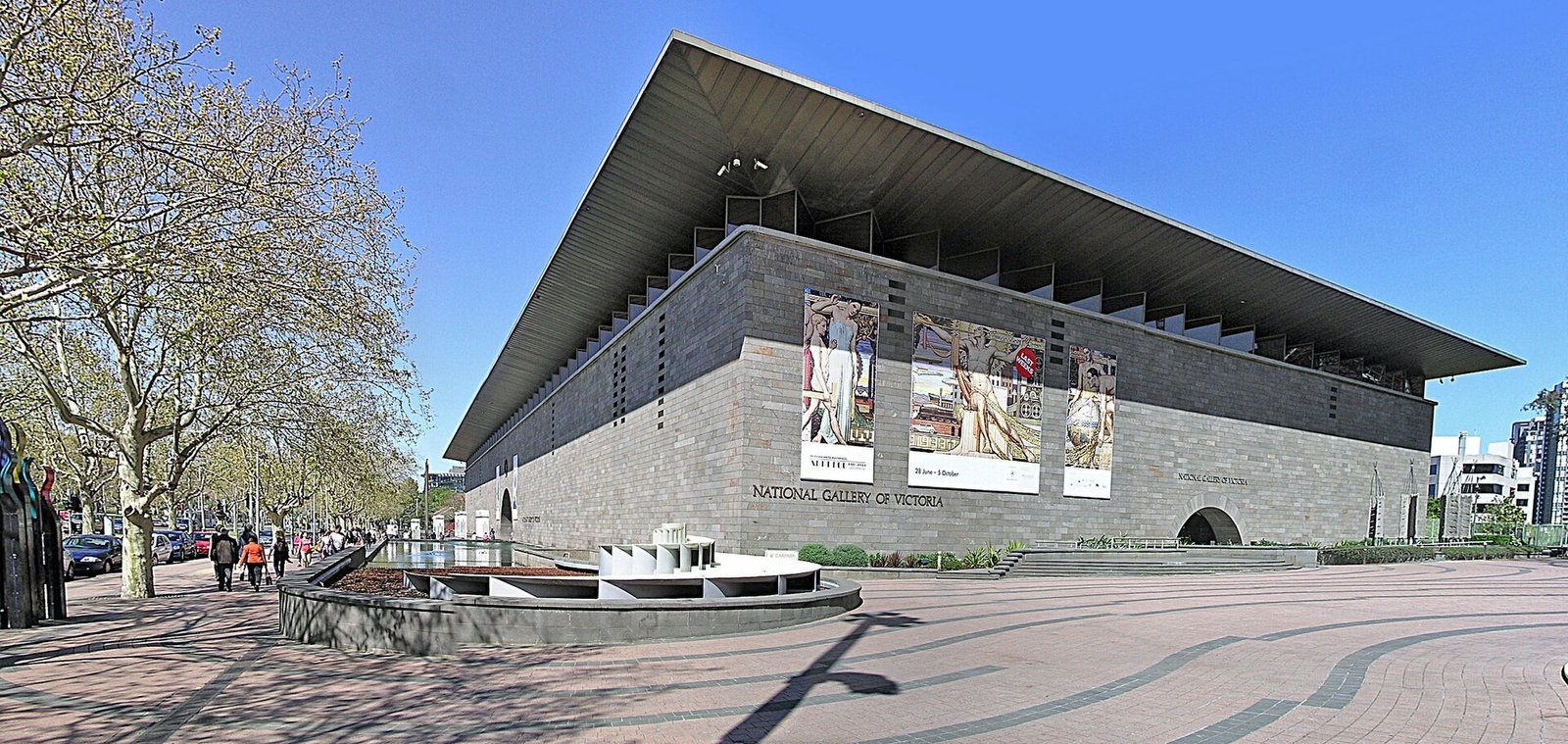K AUCTION. 23 Eonju-ro 172-gil, Gangnam-gu, Seoul, South Korea. SEOUL AUCTION. Jong-Ro No. 01-2173 11, Pyeongchang 31-gil, Jongno-gu, Seoul, Korea Email : info@seoulauction.com KAN-OGSYEON AUCTION. Jongno-gu, Insadong 4-gil, Seoul, Korea. MYART AUCTION Co., Ltd. 5th, 6th, B1 floor, Chunghoon Building, 62-5 Insa-dong-gil, Jongno-gu, Seoul.










